ReadWrite’s Inside Tech series takes a close look at the workspaces and office culture of companies creating new technologies.
Mikkel Svane, the CEO of Zendesk, nervously runs his hands through his luxurious, dark mane as he tries to explain how he got here.
He’s sitting in a light-filled conference room overlooking Market Street in a still-rough part of San Francisco, on the top floor of a building. He’s just a few blocks away from a hotel where he remembers waiting for a phone call that never came from venture capitalists who rejected his pitch to invest in Zendesk, then a nascent Danish startup offering Web-based tools for customer support.
He kept coming back to San Francisco, though, and by 2009, he’d made it his and Zendesk’s home. He was so determined to put down roots here that he spent two years without getting in an airplane. He and his cofounders, Alex Aghassipour and Morten Primdahl, embraced the city’s scrappy startup lifestyle, an adventure Svane chronicled in his new book Startupland.
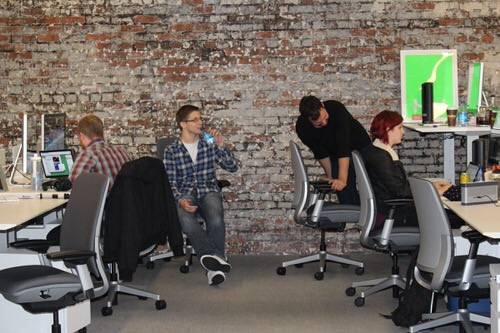
How To Expand Without Expanding
Svane eventually had to face the gates at San Francisco International again. By 2011, Zendesk was growing explosively fast, and it couldn’t hire enough engineers in San Francisco.
Zendesk’s first stop was Svane’s old stomping grounds in Copenhagen. Since then it’s spread to Melbourne, Australia; Dublin, Ireland; London; and recently Singapore, through the acquisition of a live-chat startup called Zopim in April. It’s also set up a second American customer-support base in Madison, Wisconsin.
Along the way, it managed to go public in May during a rough patch for the markets, and has nearly doubled in value since then to $1.8 billion.
What Svane’s been trying to preserve, now that he’s the CEO of a public company with more than 800 employees, is the simultaneous sense of looseness and rootedness he found when the company first moved to San Francisco. How can it share one culture across continents—without adopting the kind of bureaucracy he hated back in the days when he worked as a consultant in Denmark?
One of Svane’s key hires was Adrian McDermott, now the company’s senior vice president of product development, who joined Zendesk in 2010. One of his first challenges: finding more developers familiar with Ruby on Rails, the framework Zendesk’s founders had used to build the product.
Go Home, Young Entrepreneur
“By 2011, every person in San Francisco who could vaguely code Ruby had multiple job offers,” McDermott recalls. “You began to ask yourself, is our growth as a company going to be constrained by our ability to hire hipsters in San Francisco?”
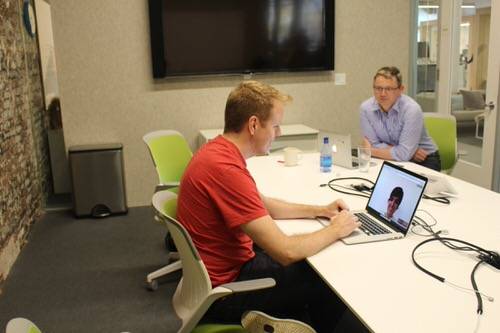
So the company took on hipsters in Copenhagen instead—codeslingers like Jesper Christiansen. (Ruby on Rails has strong ties to Denmark—its creator, David Heinemeier Hansson, is Danish, and previously worked for Svane at another company.)
Christiansen transferred to San Francisco this summer, but he recalls Zendesk’s early days of being a multinational as rocky.
“The time difference is hard for us,” says Christiansen. “It’s something we struggled with in Copenhagen. You got some introduction to the codebase and then we were on our own. You didn’t have that person you could ask for help.”
Engineers in San Francisco would roll out changes to the codebase—and then expect their colleagues in Copenhagen to stay up to fix bugs.
“It wasn’t as big a deal for me because I was single,” says Christiansen. “Some of my coworkers definitely suffered more than I did.”
Zendesk Jockeys
The solution was to break up Zendesk’s product into pieces that each office would own, so that no one would have to wake up their colleagues at midnight. Copenhagen now manages Zendesk’s self-service support tools, for example, while the Dublin office is taking over mobile apps and Zendesk’s voice-support product. Zopim, the Singaporean acquisition, is continuing to run its chat product. Zendesk now has engineers organized into 23 “scrum teams.”
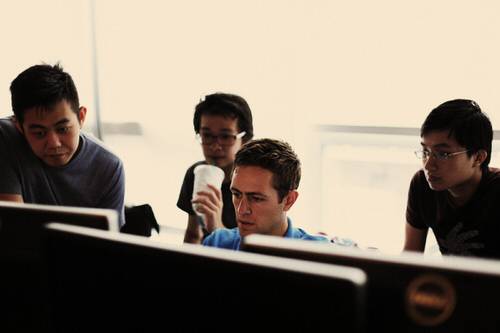
Zendesk also stopped trying to have one global engineering-management meeting, says Jason Smale, the company’s director of engineering for Asia Pacific in Melbourne, Australia. Finding a time that worked for Europe, San Francisco, and Asia was impossible—it meant the Australians stayed up until 2 a.m. So instead, San Francisco takes turn hosting a call with Europe and Asia, and someone takes notes for the other teams.
Having multiple offices also made it hard to track what teams were working on in their latest sprints, or work cycles.
“Team projects and details were all over the place,” McDermott recalls. “Rather than having a common tool to manage all their progress, the Danes decided to film what they were working on, Dogme style, with cell phones. The Irish team was taking photos of their Post-It scrum board. And the Australians had gone surfing.”
McDermott and his engineering managers did, however, eventually decide on a single tool for sprint planning—a relatively rare intrusion into the autonomy of teams.
Going With The Flow
There are some other companywide standards. Zendesk uses Yammer for casual chatter—where you might learn about colleagues’ birthdays or kids—and Flowdock for work-focused chat within teams. And employees do a lot of videoconferencing.
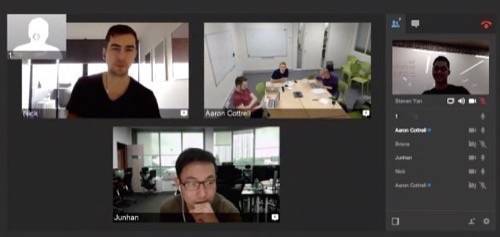
There’s not the same making-it-up-as-they-go feel Zendesk had in its early days. In Startupland, Svane recounts how he hired Amanda Kleha away from Google to work on product marketing—and then sent her to the Apple Store on her first day after forgetting to get her a laptop.
That kind of thing doesn’t happen anymore. It can’t, given Zendesk’s pace of hiring: It’s doubled its staff in the past year.
“Half of the team has been with the company for less than a year,” says Svane. “You need healthy processes, structures, communication, to be able to scale. It’s about certainty, when you start with a company, there’s an onboarding process.”
Despite Svane’s personal aversion to planes, he now embraces flying his employees around (to his CFO’s chagrin). Every new employee comes to headquarters in San Francisco—and does a stint answering emails in Zendesk’s own customer-service operation. Others go from office to office to work on projects, or relocate to a different office around the world.
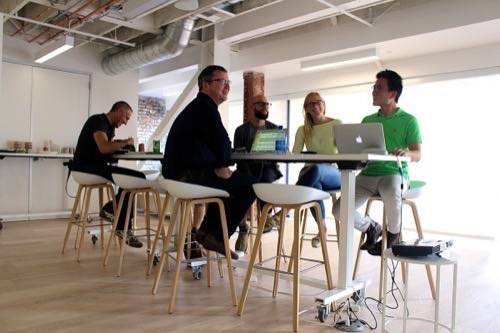
Beyond an emphasis on simplicity in design and kindness in interactions with customers—traits Svane and his cofounders packed in their bags with them when they first moved from Denmark to America—there’s little emphasis on doing things in a unified “Zendesk way.”
Instead, Svane and McDermott look for independent thinkers, especially when starting up new offices. They also look for cities that, like San Francisco, have an entrepreneurial culture. It’s as far from the consulting world Svane once worked in as he can make it, while still running a fast-growing, multinational company with hundreds of employees effectively.
“One principle that I like is leaving enough room for interpretation,” says Svane. The company’s business processes are “not fully baked yet,” he says, retaining “a certain element of ambiguity.”
He points to Zendesk’s decision to open up an office in Madison, Wisconsin, as an example of the company’s go-with-the-flow decisionmaking. Zendesk had hired two support employees from Madison, with a plan to relocate them to San Francisco. Suddenly they needed to hire more people, and the Madison hires had friends who were ready to join. The next thing Svane knew, that team had turned into a 60-person office, and now serves as Zendesk’s primary customer-support center.
No corporate planner would pick Madison: It’s not a hub for a major airline and most flights involve changing planes. But once Svane suffers through the flight there, the quiet college town reminds him of Copenhagen. It’s a pleasant place. Very Zendesk, in its own particular way.
San Francisco photos by Owen Thomas and Stephanie Ellen Chan for ReadWrite; others courtesy Zendesk










